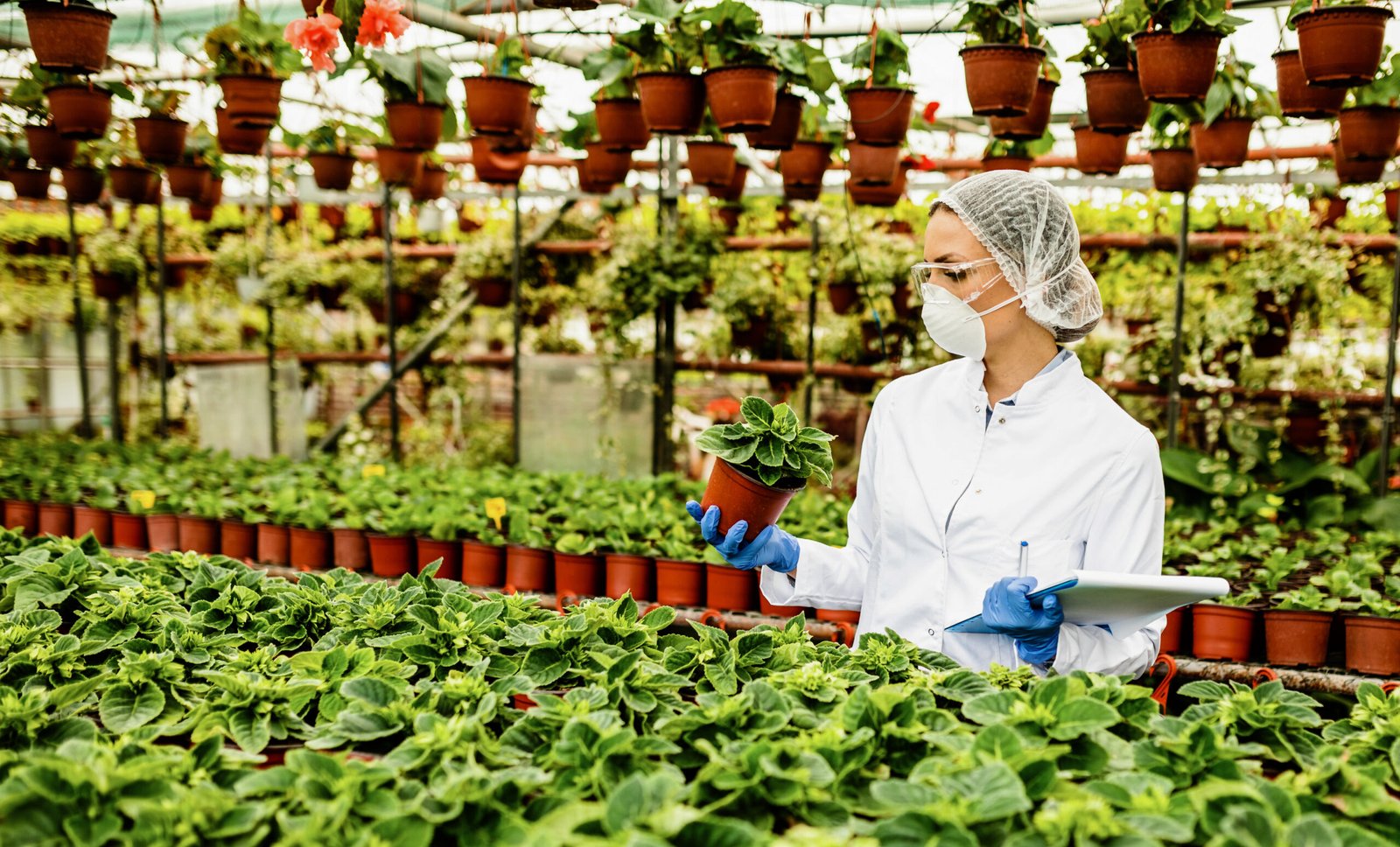Gardening is a rewarding hobby, but pests can quickly turn a thriving vegetable garden into a frustrating experience. Chemical pesticides may provide a quick fix, but they can harm the environment, beneficial insects, and even your health. The good news is that nature offers its own defense system—pest control plants for vegetable gardens. By strategically planting certain species, you can naturally deter pests and maintain a healthy, productive garden.
In this guide, we’ll explore some of the best pest control plants for vegetable gardens, how they work, and tips to incorporate them effectively.
1. Marigolds: Nature’s Insect Repellent
Marigolds are a gardener’s favorite for natural pest control. Their strong scent repels a wide variety of pests, including nematodes, aphids, and whiteflies. Plant marigolds around the edges of your vegetable beds or intersperse them among crops to act as a natural barrier. Beyond pest control, marigolds also attract beneficial insects like ladybugs, which feed on harmful pests.
2. Basil: Protects Tomatoes and Other Vegetables
Basil isn’t just a flavorful herb for cooking—it’s also an effective pest deterrent. Planting basil near tomatoes, peppers, or asparagus can help repel flies and mosquitoes. Additionally, its aromatic oils can confuse pests and reduce their ability to locate your vegetables. Companion planting basil is an easy, edible, and natural solution for protecting your garden.
3. Rosemary: A Fragrant Shield
Rosemary is another aromatic herb that doubles as a pest control plant. Its strong scent keeps cabbage moths, carrot flies, and bean beetles away from your crops. Plant rosemary along vegetable rows or in containers near susceptible plants. It’s drought-resistant, low-maintenance, and adds beauty to your garden while keeping pests at bay.
4. Nasturtiums: Trap Crops That Protect Your Veggies
Nasturtiums are colorful flowers that act as “trap crops.” They attract aphids, whiteflies, and other pests away from your main vegetables. Plant them near your lettuce, tomatoes, or cucumbers, and pests will be drawn to the nasturtiums instead of your harvest. Plus, nasturtium flowers are edible, adding a splash of color and flavor to salads.
5. Garlic: A Potent Pest Repellent
Garlic is a versatile plant with strong pest-repelling properties. Its pungent aroma deters aphids, spider mites, and Japanese beetles. Plant garlic between rows of vegetables or near crops prone to infestations. Garlic also has antifungal qualities, which can help prevent certain plant diseases, making it a multi-purpose addition to your garden.
6. Chives: Keep Aphids and Japanese Beetles Away
Chives are another culinary herb that works wonders as a pest control plant. Plant chives near carrots, tomatoes, or roses to help repel aphids and Japanese beetles. Their subtle scent masks the aroma of surrounding vegetables, making it harder for pests to locate their favorite crops. Chives are easy to grow, low-maintenance, and provide fresh leaves for cooking.
7. Mint: Caution with Invasiveness
Mint is highly effective at repelling ants, aphids, and cabbage moths due to its strong aroma. However, mint spreads quickly and can take over your garden if not contained. Plant it in pots or confined areas near your vegetable beds. This fragrant herb keeps pests away while adding refreshing flavor to teas, salads, and desserts.
8. Petunias: Protect Your Garden from Insects
Petunias aren’t just ornamental—they act as natural repellents for aphids, tomato hornworms, and leafhoppers. Plant petunias around your vegetable garden to reduce pest infestations. They’re low-maintenance, easy to grow, and add vibrant colors to your garden while protecting your crops naturally.
Tips for Using Pest Control Plants Effectively
Companion Planting: Mix pest-repelling plants with your vegetables to confuse and deter pests.
Borders and Edges: Plant herbs and flowers along garden borders for natural protection.
Rotate Plants: Rotate crops and pest control plants each season to prevent pests from adapting.
Intercropping: Plant a mix of vegetables and pest-repelling plants in the same bed to maximize benefits.
Attract Beneficial Insects: Many pest control plants also attract ladybugs, lacewings, and predatory wasps that eat harmful pests.
The Benefits of Using Pest Control Plants
Chemical-Free Protection: Reduces reliance on harmful pesticides.
Healthier Vegetables: Minimizes chemical residues on your food.
Cost-Effective: Many pest-repelling plants are easy to grow and inexpensive.
Biodiversity: Encourages a balanced ecosystem in your garden.
Aesthetic Appeal: Many of these plants are colorful and fragrant, enhancing the garden’s beauty.
Final Thoughts
Using pest control plants for your vegetable garden is a simple, natural, and sustainable way to protect your crops. By combining aromatic herbs, colorful flowers, and clever companion planting, you can deter pests, reduce chemical usage, and create a healthier garden environment.
At Green and Prosperous, we believe that gardening should be enjoyable, eco-friendly, and productive. By incorporating these natural pest control plants, you can grow a thriving vegetable garden that’s safe, sustainable, and abundant—while enjoying the process of nurturing your green space.
Related Reads
- Custom Fitness App Development: Build the Fitness App Your Users Actually Want
- ICC Considers Major Changes to ODI and Test Cricket: What You Need to Know
- Simplifying ESG Reporting for Singapore Businesses with Advanced Software
- Unexpected Adventures in the UAE: More Than Just a Luxury Destination
- NOFS Hoodie The streetwear phenomenon of a new generation
- Why ISO 22000 Training Is Your Food Safety Superpower



